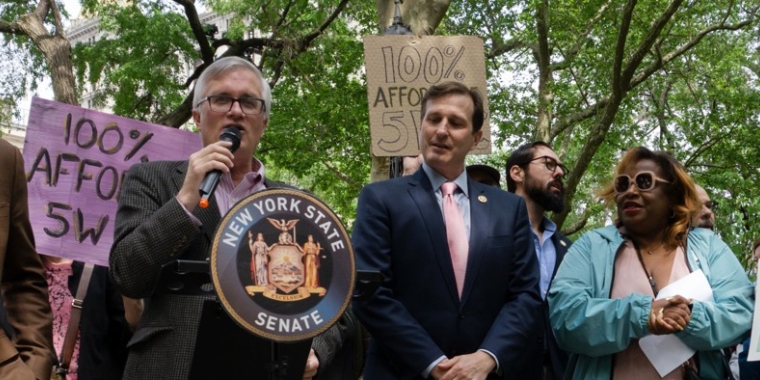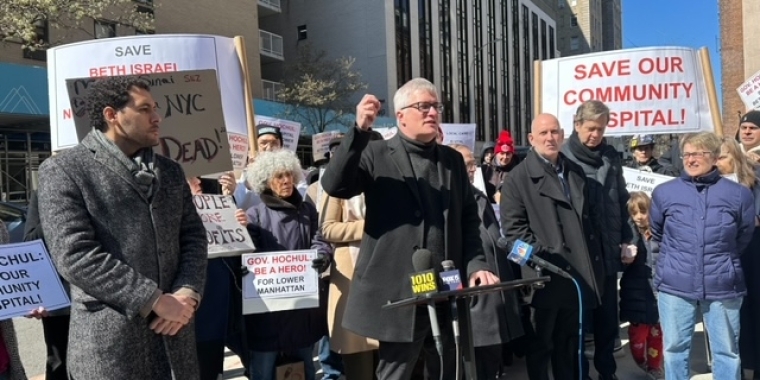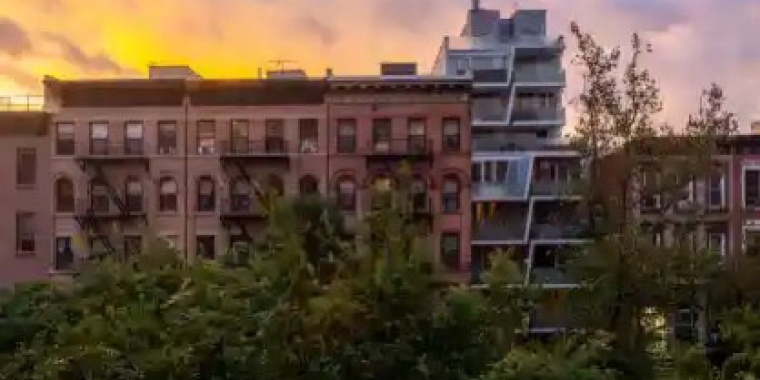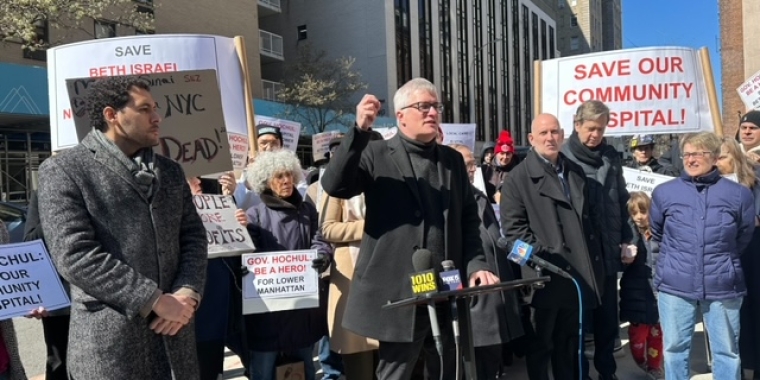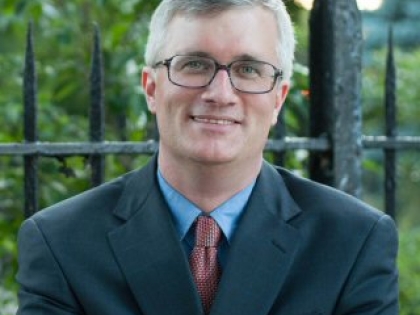
Forwarding: New Community Schoolyard Opens at PS 2M in Chinatown
October 14, 2021
-
ISSUE:
- Chinatown
- Education
- schools
- Youth
- Open Space
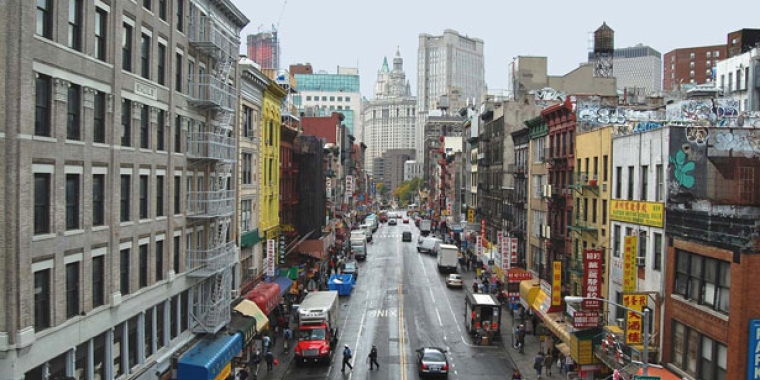
The Trust for Public Land, in partnership with the U.S. Department of Housing and Urban Development, the Mayor’s Office of Climate Resiliency, New York Road Runners (NYRR) and the New York City Department of Environmental Protection (DEP), today unveiled a newly renovated schoolyard at PS 2M The Meyer London School in Manhattan’s Chinatown.
“Access to outdoor space is critically important to our health and well-being, especially in crowded neighborhoods like Chinatown where there is not a lot of open space,” said Carter Strickland, VP of the Mid-Atlantic and New York State Director for The Trust for Public Land. “This new playground will serve not only students with a new classroom and play equipment but gives the entire surrounding community beautiful green space to enjoy, thanks to our public and private partners.”
The new schoolyard was designed by teachers and students and will include an artificial turf field, basketball practice hoops, a volleyball court, trees, a Ping Pong table, stage, an outdoor classroom, new play equipment, a learning garden, a gazebo, game tables, benches, and a running track. The schoolyard will be open to the community during non-school hours and will serve 50,473 residents who live within a 10-minute walk of the park.
Green infrastructure elements will capture 1,100,000 gallons of stormwater each year, helping to improve the health of surrounding waterways and reduce flooding risk for residents. This schoolyard was funded in part through DEP’s Green Infrastructure program.
“DEP proudly joined today with The Trust for Public Land, New York Road Runners, elected officials and the P.S. 2 school community to officially cut the ribbon on this gorgeous, ‘green’ playground,” said DEP Commissioner Vincent Sapienza. “Thanks to the student designers for creating an amazing space that features green infrastructure which will absorb an estimated 1.1 million gallons of stormwater annually, helping to simultaneously reduce neighborhood flooding and the amount of untreated water that enters the East River.”
This project would not have been possible without the support and funding from New York Road Runners and DEP, as well as local elected leaders Manhattan Borough President Gale A. Brewer and Councilmember Margaret S. Chin. Funding for the playground was also secured by the Mayor’s Office of Resiliency through HUD’s Community Development Block Grant National Disaster Resilience competition. The green playground will complement the City’s ongoing Lower Manhattan Coastal Resiliency (LMCR) project, which will adapt the Lower Manhattan area to the long-term impacts of climate change.
“This playground illustrates how resiliency projects can enhance New York City’s public spaces while also strengthening our communities against a hotter and wetter future,” said Jainey Bavishi, Director of the Mayor’s Office of Climate Resiliency. “We are proud to have worked in close partnership with the PS 2M community and The Trust for Public Land to deliver this accessible and modern space for recreation that features cutting-edge resilient design elements, such as green infrastructure that will capture rainfall and shield the area against summertime heat.”
“Since 2016, NYRR has been honored to partner with The Trust for Public Land to help fund the design and construction of playgrounds at schools across New York City’s five boroughs,” said Kerin Hempel, CEO of NYRR. “With a common goal of promising a better tomorrow for New Yorkers, we are proud to have played a role in helping renovate the schoolyard at PS 2M, creating an oasis in Manhattan’s Chinatown community while also helping and inspiring the community to remain active.”
PS 2M serves a diverse population in Manhattan, with 66% of residents identifying as Asian, and 16% as Hispanic. A majority of families in the community, 53%, fall below the Federal Poverty Level and nearly all students of 2M, 90.6%, fall under the economic need index with 21.9% living in temporary housing.
"Public space is one of the most important resources our city has to offer, and our outdoor playgrounds are an important part of that," said Manhattan Borough President Gale A. Brewer. "I'm so thrilled to be able to support and welcome a newly-renovated accessible schoolyard that serves thousands of Chinatown residents while also bolstering our city's green infrastructure."
“The newly renovated schoolyard at PS 2M is a wonderful improvement in our community -- a field of dreams for students at the Meyer London School and for residents of the neighborhood,” said State Senator Brian Kavanagh. “It’s also exemplary of our efforts to rethink the ways we build to address the growing need for resilience in the face of climate change and severe weather. I commend Carter Strickland and the Trust for Public Land, the Mayor’s Office of Climate Resiliency and the City Department of Environmental Protection, Borough President Gale Brewer and Councilmember Margaret Chin, New York Road Runners, the U.S. Department of Housing and Urban Development, the teachers, students and community residents who provided input, and all those involved with the creation of this fantastic space.”
For nearly 25 years, The Trust for Public Land has guided thousands of students and parents to make the most of their schoolyards, putting 214 community schoolyards where they are needed most. Under The Trust for Public Land’s NYC Park Equity Plan, TPL is planning to build 100 more in neighborhoods that have crowded parks; our data shows that communities of color have 33% less park space per capita in NYC.
Nationwide, the Trust for Public Land has transformed more than 300 underused schoolyards into nature-rich parks designed to address inequities in education, health, and climate impacts. Every one of our community schoolyard transformations includes agreements between a school district and other local agencies to allow the community to use the space when school is closed. According to new research from The Trust for Public Land, open access to all public schoolyards across the country during non-school hours would put a park within a 10-minute walk of more than 19.6 million people, including 5.2 million children, who currently lack access.
Share this Article or Press Release
Newsroom
Go to Newsroom